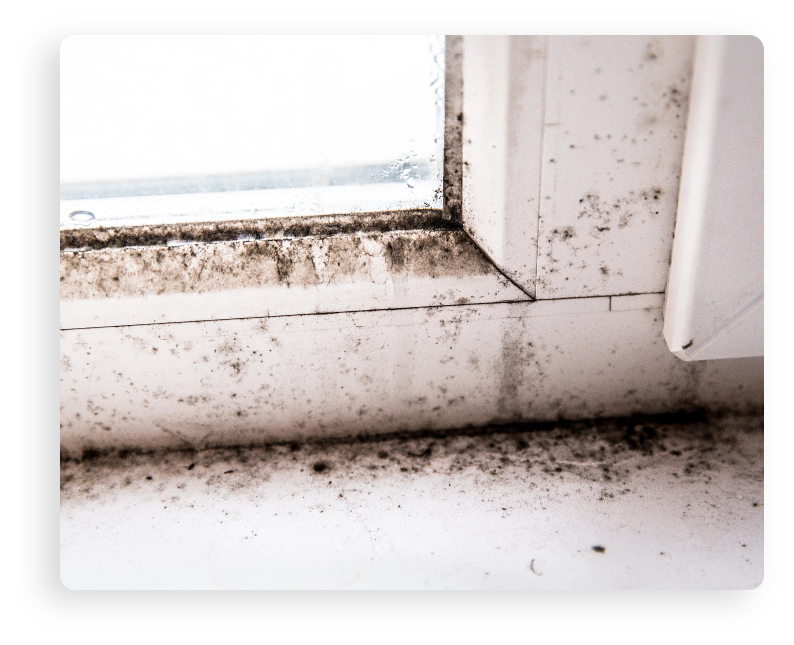Mold Remediation

Mold remediation refers to the process of removing mold and restoring a healthy indoor environment. Mold is a type of fungus that thrives in moist and humid conditions and can grow on various surfaces, such as walls, ceilings, floors, and even furniture. When left unchecked, mold can spread rapidly and release spores into the air, which can pose health risks to occupants.
Throughout the mold remediation process, it is important to ensure the safety of workers and occupants by using personal protective equipment (PPE) and following appropriate safety guidelines. It is highly recommended to hire professional mold remediation experts who have the knowledge, experience, and equipment to handle the process effectively and safely.
Additionally, it’s crucial to address the underlying causes of mold growth, such as plumbing leaks, roof leaks, or poor ventilation, to prevent future mold problems. Regular maintenance, moisture control, and proper ventilation are essential in maintaining a mold-free environment.
The Steps of Mold Remediation
STEP 1.
Assessment
A professional mold inspector or remediation specialist examines the affected area to determine the extent of the mold growth, the type of mold present, and the potential causes of moisture that are promoting mold growth. This assessment helps in developing an appropriate remediation plan.
STEP 2.
Containment
To prevent the spread of mold spores to unaffected areas, containment measures are implemented. This involves sealing off the affected area with plastic sheets, creating negative air pressure using specialized equipment, and using barriers to separate the work area from the rest of the building.
STEP 3.
Mold Removal
The process of removing mold depends on the surface affected and the extent of the contamination. Porous materials like drywall, carpeting, and insulation may need to be discarded as they are difficult to clean effectively. Non-porous surfaces can be cleaned using antimicrobial solutions.
STEP 4.
Cleaning and Disinfection
After removing visible mold growth, the affected area is thoroughly cleaned using HEPA (High-Efficiency Particulate Air) vacuuming, scrubbing, and wiping. This step ensures that any remaining mold spores and debris are removed.
STEP 5.
Drying and Dehumidification
It is crucial to eliminate the source of moisture that led to mold growth. Proper drying and dehumidification techniques are employed to reduce humidity levels and ensure that the environment is no longer conducive to mold growth.
STEP 6.
Restoration
If mold damage has affected structural components or building materials, the remediation process may also involve repair or replacement of these items. This step aims to restore the affected area to its pre-mold condition.
STOP MOLD IN ITS TRACKS
WITH PROFESSIONAL MOLD REMOVAL
Mold is not always visible and therefore can be difficult to detect. Sometimes, it may be growing and spreading for months before you have the chance to discover it.
Some of the signs that there may be mold in your home include:
Our company knows how imperative it is to have a safe living space for you and your family. No matter how serious the situation seems to be, it is extremely important that you contact our certified professionals as soon as possible. Our service team uses top-notch equipment, products, and methods to ensure that mold is correctly removed from the premises and your home is restored to safety.
